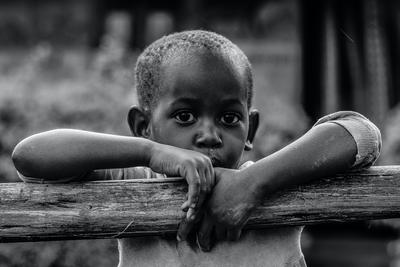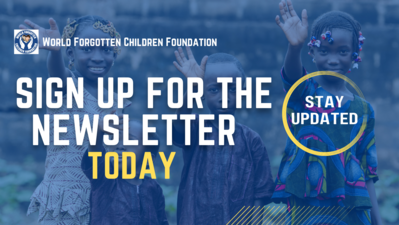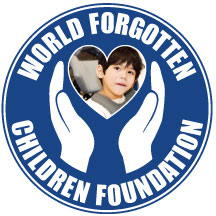
In an opinion piece for Global Health NOW, Matshidiso Moeti describes how to achieve the elimination of poliovirus in Africa. This goal is already on track to be achieved after the announcement that Africa is able to keep children safe from the paralysis from indigenous wild poliovirus (WPV). The achievement, which was announced two years ago, was a major cause of celebration, as the region was a “certified indigenous wild poliovirus-free” zone. This was a goal that took a lot of effort and required great commitment from both the governments and the communities in the region (Global Health NOW, 2022).
Therefore, it should be surprising when wild polio was announced back in the region earlier this year. The case was traced back to an importation from Pakistan to Malawi. At first, it was only one case but was later linked to 5 cases in Mozambique through August. Now, multiple countries in the region are battling the transmission of WPV1 (Global Health NOW, 2022).
The good news is that the past few years have more than equipped Africa with the tools and techniques required to fight the transmission of WPV1. Mainly, the major methods used to fight the virus: disease surveillance, immunization and campaigning are being used at the local level. These tools, though traditional, are constantly improved with modern innovations that will provide insights into effective ways to halt the transmission of the virus (Global Health NOW, 2022).

Also, on the positive side, countries in the African region have been able to show their commitment to collective action that would benefit the different affected countries. One of the major ways the leadership has shown effective action is the rollout of the novel oral polio vaccine type 2 (nOPV2). The vaccine is derived from previous oral polio vaccines and is a great way to combat outbreaks of the virus’s variants. Data from September 2022 show that there have been more than 438 million doses of nOPV2 that have been administered across 20 African Member States, which are 95% of doses distributed globally. There is evidence that the vaccine is “not seeding new outbreaks,” which is a major milestone. In Nigeria alone, more than 300 million doses have been administered (Global Health NOW, 2022).
The commitment to zero-dose children is required to ensure the eradication of all forms of polio from Africa and keep children safe across all regions. Previous examples have shown promising steps taken towards bettering the health and safety of children, and the future continues to look bright.

Children in these regions who have disabilities will undoubtedly face more challenges that will hinder their health and may eventually lead them to become paralyzed, setting them to a life of career and financial instability. Many low-income countries are unable to provide the support system and safety net that will help children with disabilities stay healthy. Here in WFCF, one of our core missions is providing help for orphaned children with disabilities. Our past projects have helped children with disabilities all over the world, and we hope to continue our work. You, too, can help us achieve our mission by donating today!
References:
Moeti, M. (2022). The last mile: How we'll stop all poliovirus in Africa. Global Health NOW. https://globalhealthnow.org/2022-09/last-mile-how-well-stop-all-poliovirus-africa
|



